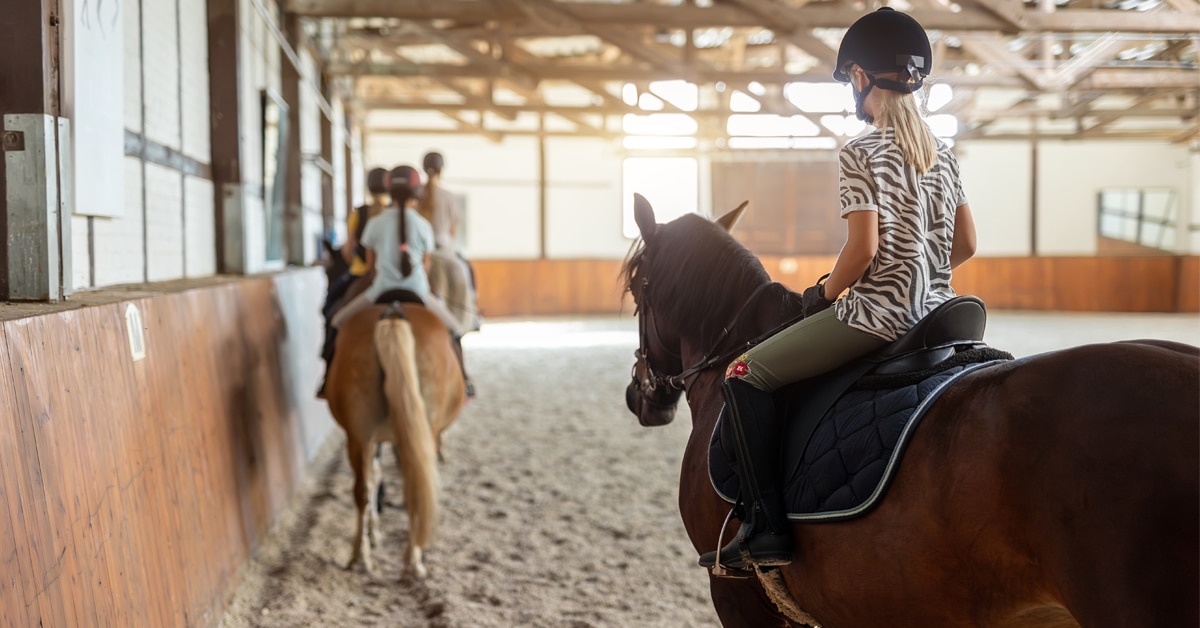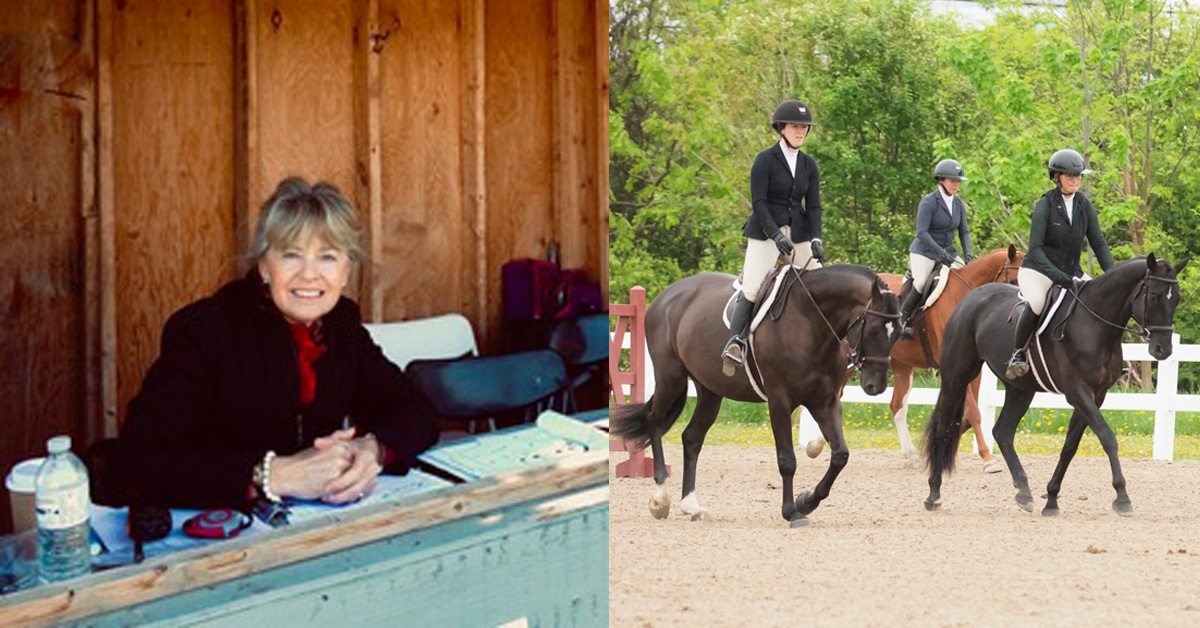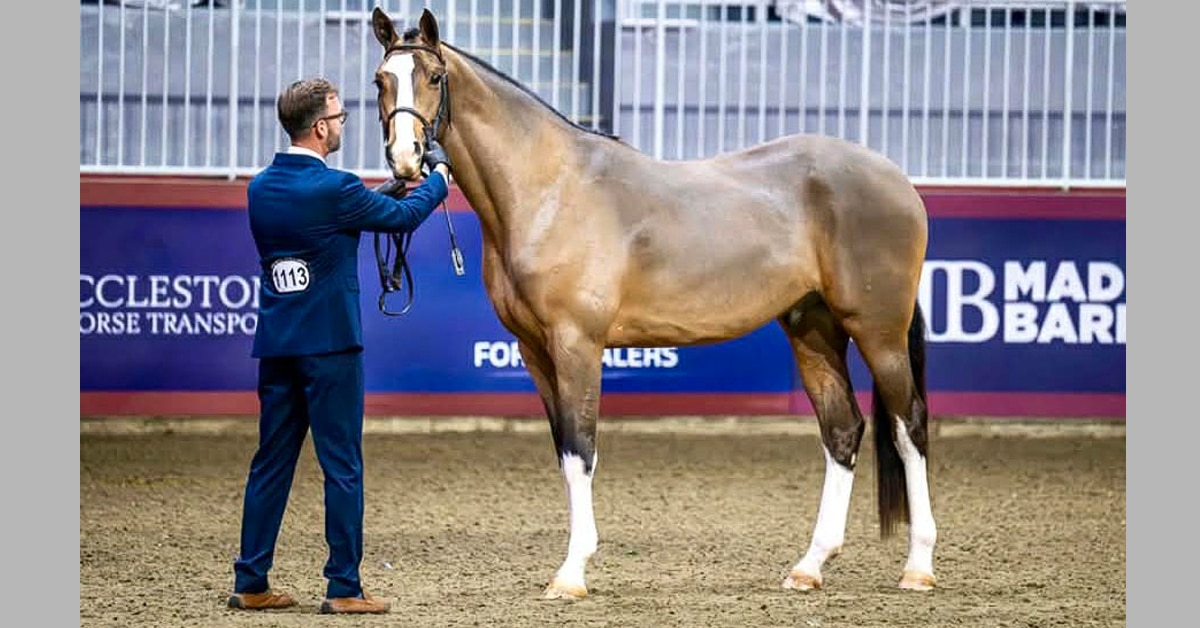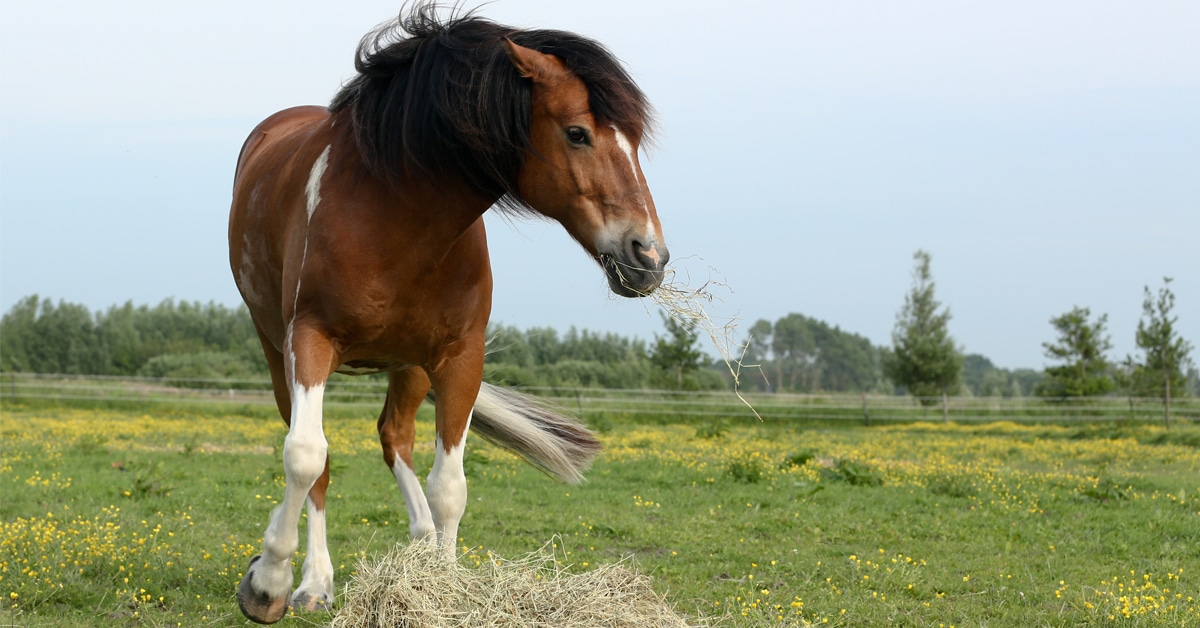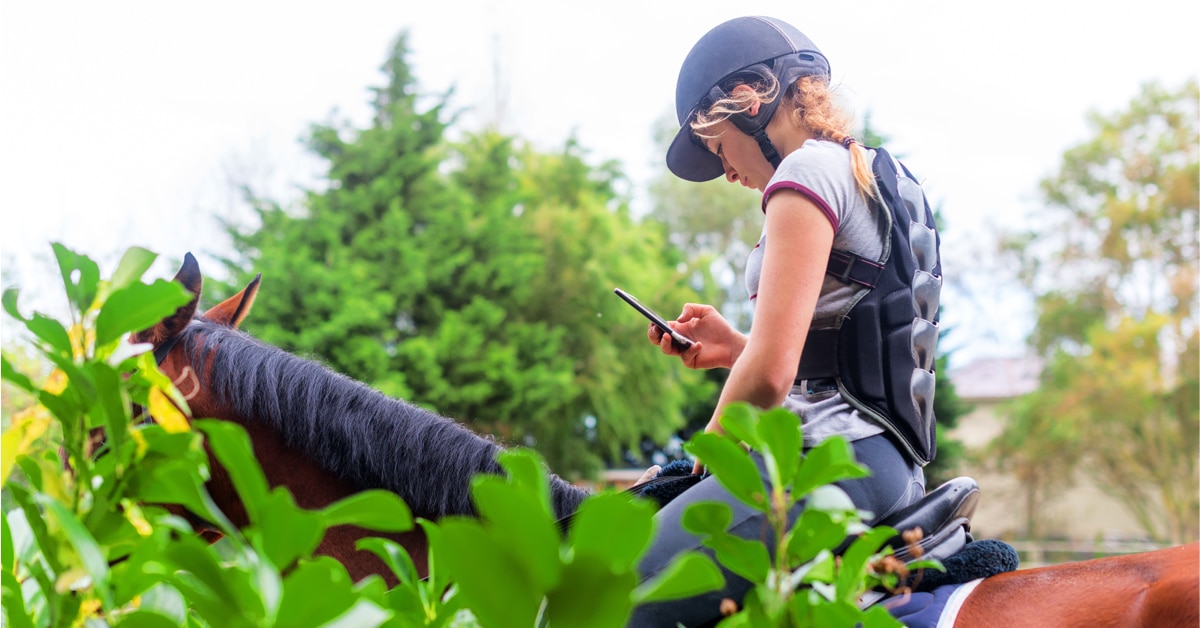In any clinic with two-time Olympian Jacqueline Brooks, two things are guaranteed: there will be lots of laughter, and there will be lots of analogies and images used. From asking riders to picture themselves as the pole in the centre of a carousel horse to imagining they’re riding a roller coaster heading up a steep incline, Jacqueline uses a creative approach to help riders create the feel she is looking for.
Her tip for creating the self-carriage and uphill balance needed in dressage horses at first may seem a little counter-intuitive: “Imagine you are riding your horse down a hill,” she says.
“We don’t want the horse to carry itself downhill with the croup higher than the withers; that’s not what I mean,” she explains. “But think about what you do, as a rider, to help your horse stay balanced as it walks down the slope. You don’t tip forward or lean on the horse’s neck, because it might fall on its face. You sit up tall or may even have a slight feeling of sitting back, depending how steep the hill is.
You never want to pull the neck down, or curl the nose in towards the chest, because that weighs the horse’s balance onto its forehand. Instead, you allow the horse to balance itself, step-by-step down the hill, while you gently use the reins to support him.
Now think about what the horse does to balance himself: with each step forward he plants a front hoof and pushes upwards, lifting the shoulder, elevating the wither, opening the throatlatch, and raising the poll to prevent him from somersaulting down the hill. That’s the feeling we strive to achieve in the collected work: the horse lifts his shoulders and gets lighter in the front end, and the rider helps with their upper body posture while providing gentle support with the reins.
Now imagine you are riding up a steep hill. What do you feel the horse do underneath you? The power to get up the hill comes from the horse’s hind end. His hind legs reach under and push, while he “sits” a little to allow his front legs to reach forward.
If the rider leans back, their weight on the horse’s hind end makes it harder for him to push, so that’s not what we do. Typically we lighten our seat, or maybe even think of sitting forward slightly. Our hands are forward-thinking as well, giving the horse room to lengthen his frame and reach forward to balance up the hill.
That’s the feeling we want to picture in the medium or extended work: the horse pushes from behind and reaches forward in front as if they were galloping up a hill. Too often we see riders lean back in extensions, but doing so is counter-productive. Leaning back blocks the horse’s impulsion from behind and often results in the riders balancing against the reins, when instead we want to go forward with the horse, allowing them to lengthen their frame and their stride.
So picture those feelings in your mind – what it feels like when your horse is balancing itself walking down a hill, and how it feels when you’re galloping up a hill. Now imagine both of those feelings at the same time: the upwards lift of the shoulders, withers and poll, and the sit and push from the hindquarters. That is the feeling of true balance and self-carriage.”
The Latest

